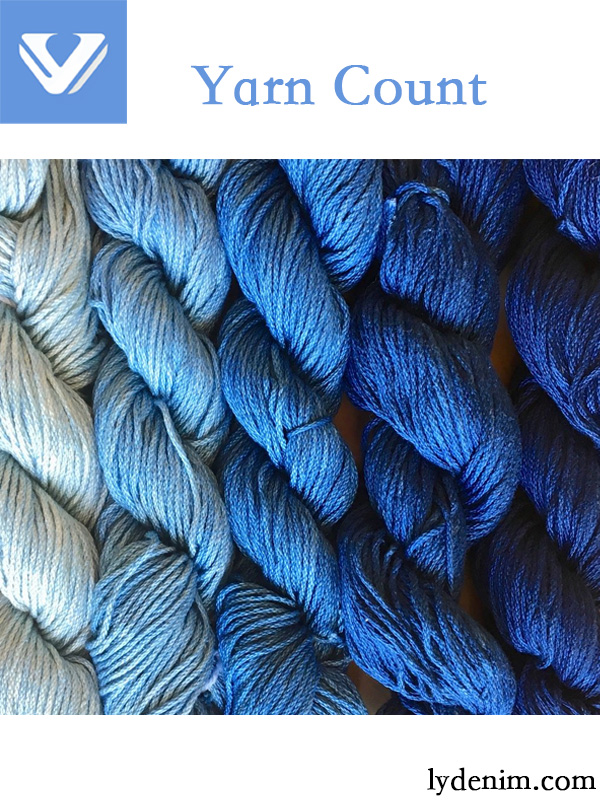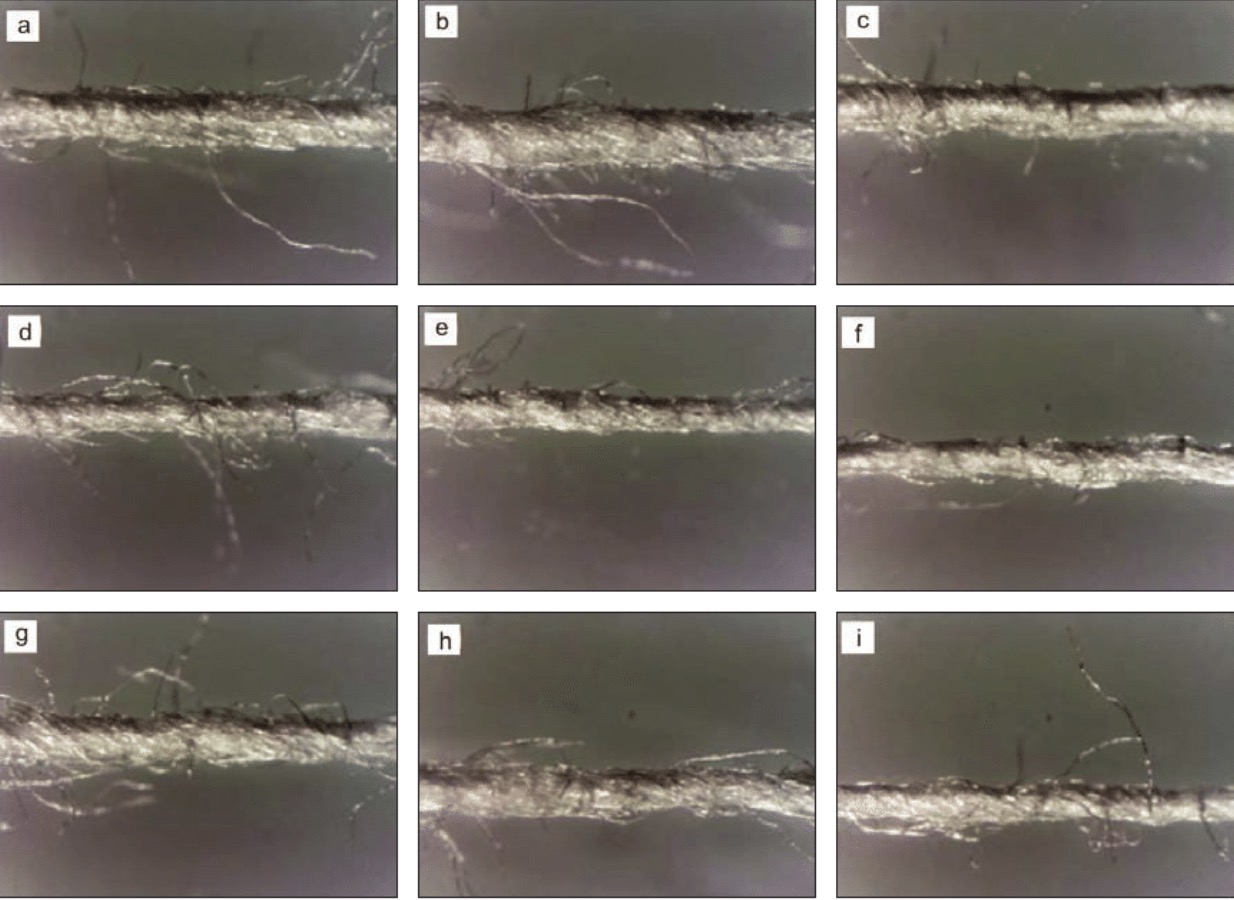شرح نسيج الدنيم: الغزل والعملية

مقدمة عن قماش الدنيم
Denim exists beyond its fabric status because it represents both a fashion lifestyle and a fashion statement and serves as a fundamental element of style. You have ever thought about the composition of denim fabric or the manufacturing process of denim? This post will explore the fascinating world of denim by describing its composition and explaining yarn count and showing the manufacturing steps that create this iconic material.
من ماذا يصنع قماش الدنيم؟
The foundation of denim consists of cotton but some modern denim products blend this material with polyester or elastane to provide stretch functionality. Denim fabric achieves its distinctive strength through a twill weave construction where warp yarns (usually dyed indigo) cross over two or more weft yarns (often left undyed) to create the diagonal pattern. The combination of strength and texture in denim fabric makes it the preferred material for jeans along with jackets and fabric upholstery.

نسج عادي
دور عدد الخيوط في الدنيم
The industry defines yarn count through measurements of yarn thickness which calculates mass per unit length. The spinning industry measures yarn thickness using the English cotton count system which they call ‘Ne.’ The English cotton count system defines yarn fineness through higher Ne numbers. Denim production utilizes yarn counts between Ne 4 for thick heavy yarns and Ne 20 for thin yarns and manufacturers use yarns up to Ne 200 for ultra-fine production.
The “7×7” or “6×6” denim labels indicate the yarn counts of warp and weft yarns respectively. A denim fabric made from Ne 4 yarn produces heavy fabric which suits rugged jeans yet Ne 20 yarn produces lightweight fabric suitable for summer dresses and shirts. The yarn count determines both the durability and feel of denim products but most brands avoid revealing this information.

عينات الغزل التي تم غزلها بأعداد مختلفة وضغوط فوهة مختلفة
كيف يُصنع الدنيم؟ عملية الغزل
The first step of denim production takes place in the spinning department. Here’s a simplified breakdown
- تحضير القطن: The initial process of cotton preparation involves cleaning raw cotton which gets carded into slivers that appear like long ropes.
- الغزل: The spinning process transforms slivers into yarn through ring spinning techniques which generates strong uniform threads suitable for denim production. The yarn count receives its determination point at this production stage.
- الصباغة: Warp yarns receive their dyeing process with indigo dye but weft yarns stay undyed.
- النسيج: Warp yarns dyed indigo get woven with undyed weft yarns using twill structure looms.
The manufacturing process results in denim fabric having its blue-and-white appearance with dense texture that leads to its distinctive look whether sold as raw fabric or finished products.
لماذا عدد الخيوط مهم؟
Yarn count selection determines more than weight because it determines both comfort levels and durability along with style outcomes. For example:
- الدنيم الثقيل (Ne 4–10):رائع للسترات المنظمة أو الجينز ذو الطراز القديم.
- الدنيم الفاتح (Ne 12–20): Perfect for softer, breathable pieces like skirts or denim fabric for sale in creative projects.
Selecting denim fabric for your DIY project or purchase becomes easier when you understand yarn count information.
خاتمة
Denim fabric emerges from traditional cotton sources while its spinning and weaving processes create its distinctive character through modern manufacturing methods. The next time you seek denim fabric by the yard or wish to understand denim fabric better look at the yarn count and manufacturing methods involved.
